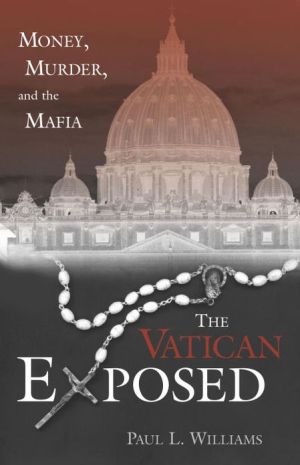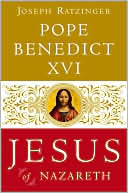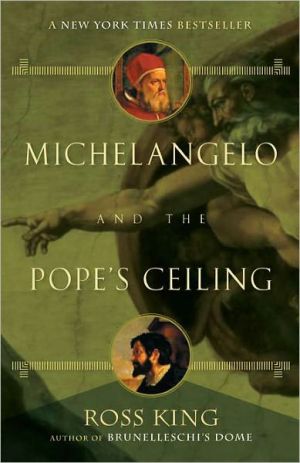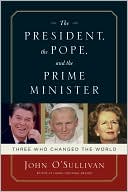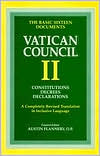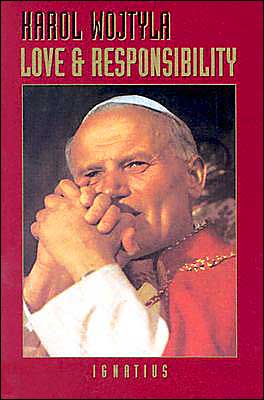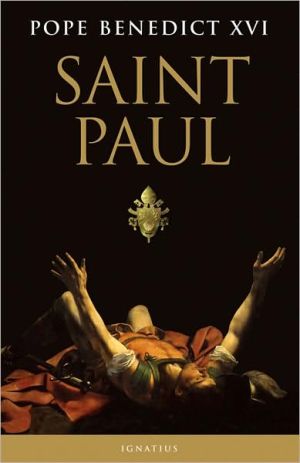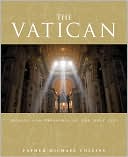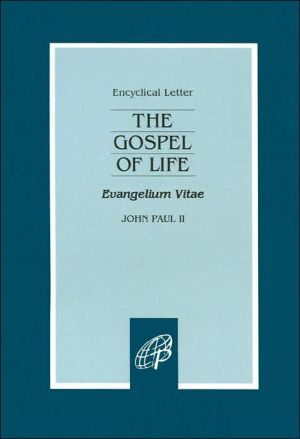The Vatican Exposed: Money, Murder, and the Mafia
Over 50 billion dollars in securities. Gold reserves that exceed those of industrialized nations. Real estate holdings that equal the total area of many countries. Opulent palaces containing the world's greatest art treasures. These are some of the riches of the Roman Catholic Church. Yet in 1929 the Vatican was destitute. Pope Pius XI, living in a damaged, leaky, pigeon-infested Lateran Palace, could hear rats scurrying through the walls, and he worried about how he would pay for even basic...
Search in google:
Williams describes some of the Vatican's morally questionable financial dealings from the 1920s to the present. Coverage includes such topics as the signing of the 1929 Laertan Treaty with fascist leader Benito Mussolini, the connection between Nazi gold and the Vatican Bank, and the mysterious death of Pope John Paul I. Williams holds a doctorate in philosophy and a masters of divinity in church history from Drew University and is the author of several books on various topics in Catholicism. Annotation ©2003 Book News, Inc., Portland, OR Publishers Weekly Burdened by a lurid title, this is a short history of the politics and finances of the Vatican during the last hundred years. As in his Complete Idiot's guides to the Crusades and to the lives of the saints, Williams displays an ability to compress a great deal of information in a short, highly readable way. His main argument is that the current financial strength of the Roman Catholic Church as well as many of its problems began in 1929 with the signing of the Lateran Treaty, in which a financially besieged Pope Pius XI exchanged recognition and support of Mussolini's Fascist government for more than $90 million and the establishment of the Vatican as a sovereign state. Williams traces how the Vatican's new emphasis on financial stability led it into other morally questionable financial arrangements with Adolf Hitler, the fascist state of Croatia and reputed Sicilian Mafia financier Michele Sindona. He examines carefully the establishment and workings of the Instituto per le Opere di Religione, commonly known as the Vatican Bank, "an entity unto itself without corporate or ecclesiastical ties to any other agency within the Holy See." While parts of the book overlap with other recent works on the Vatican and the popes (especially on Pius XI's refusal to censure the brutal ethnic cleansing of Orthodox Serbs and Jews by Croatia's Ustashi regime), this is a surprisingly solid short look at the dubious financial dealings of the Vatican from the 1920s to the present. (Mar.) Copyright 2003 Reed Business Information.
Introduction: Rags to Riches9Ch. 1The Donation of Mussolini15Ch. 2The Miracle of the Money33Ch. 3Mammon Triumphant41Ch. 4The Formation of the Vatican Bank55Ch. 5Catholic Croatia and Nazi Gold63Ch. 6Riches and Ratlines73Ch. 7Wealth beyond Measure79Ch. 8The Pink Pope89Ch. 9Montini's Maelstrom95Ch. 10Enter the Shark103Ch. 11The Secret Society111Ch. 12High Times, New Crimes123Ch. 13The Counterfeit Church131Ch. 14The Crash of Vatican, Inc.141Ch. 15The Pope Must Die149Ch. 16The Ambrosiano Affair163Ch. 17In the Wake of the Storm173Ch. 18Business as Usual181Ch. 19A Fortress Impregnable189Epilogue: And So It Goes197App. AA Chronological List of the Popes203App. BThe Lateran Treaty of 1929209App. CThe Concordat between the Holy See and the German Reich223Notes235Index255
\ Publishers WeeklyBurdened by a lurid title, this is a short history of the politics and finances of the Vatican during the last hundred years. As in his Complete Idiot's guides to the Crusades and to the lives of the saints, Williams displays an ability to compress a great deal of information in a short, highly readable way. His main argument is that the current financial strength of the Roman Catholic Church as well as many of its problems began in 1929 with the signing of the Lateran Treaty, in which a financially besieged Pope Pius XI exchanged recognition and support of Mussolini's Fascist government for more than $90 million and the establishment of the Vatican as a sovereign state. Williams traces how the Vatican's new emphasis on financial stability led it into other morally questionable financial arrangements with Adolf Hitler, the fascist state of Croatia and reputed Sicilian Mafia financier Michele Sindona. He examines carefully the establishment and workings of the Instituto per le Opere di Religione, commonly known as the Vatican Bank, "an entity unto itself without corporate or ecclesiastical ties to any other agency within the Holy See." While parts of the book overlap with other recent works on the Vatican and the popes (especially on Pius XI's refusal to censure the brutal ethnic cleansing of Orthodox Serbs and Jews by Croatia's Ustashi regime), this is a surprisingly solid short look at the dubious financial dealings of the Vatican from the 1920s to the present. (Mar.) Copyright 2003 Reed Business Information.\ \
